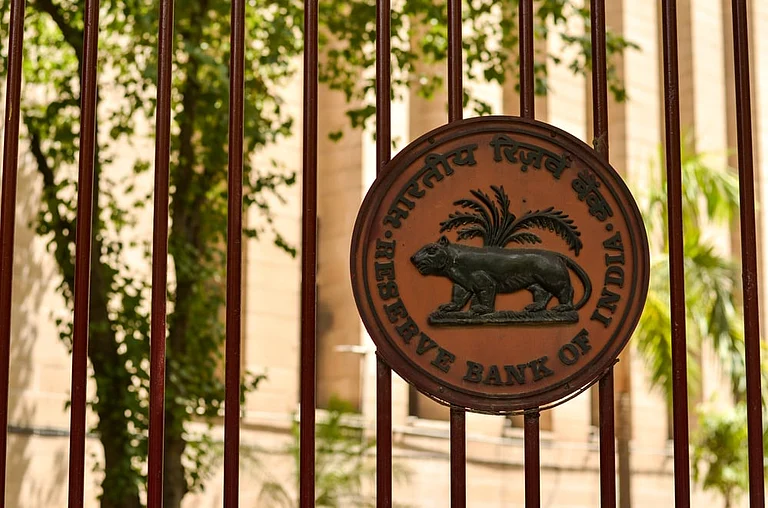The Reserve Bank of India (RBI) has kept its repo rate on hold at 6.50 per cent. In the monetary policy statement, the RBI highlighted that despite the impressive GDP numbers for Q1, the central bank is still concerned over the outlook for economic growth. It pointed to weakness in local industry, which "has been pulled down by weak manufacturing in an environment of subdued investment demand and weak rural consumption.”
It appears that further rate cuts are now completely dependent on inflation outlook, which will evolve from monsoon, commodity price trajectory, government supply management, and fuel inflation. As per current data, we expect RBI to hold rates until monsoon is over. On its part, the RBI has maintained its “accommodative stance”, in which the repo rate has been trimmed by 150 bps since January 2015.
Further during the policy announcement, the RBI indicated its concern and highlighted its preparedness for nearly $20 billion of expected outflows in September 2016 due to FCNR redemptions. However, it communicated that it is prepared to supply rupee and dollar liquidity to minimise any shocks to the market.
The message coming from the RBI is its concern on inflation, even as it remained committed to policy accommodation. The policy statement is focused on three things. The inflation trajectory, expectations, and bringing liquidity deficit to neutral level and managing liquidity conditions ahead of redemption pressure next quarter. Overall, the statement was ‘Neutral’ for stocks and bonds.
Here is what the top experts are saying about Raghuram Rajan keeping key rates unchanged:
Saravana Kumar, Chief Investment Officer, LIC Mutual Fund
Overall, no real surprises, except for the upside risk to inflation highlighted by the RBI in this policy. However, its policy stance remains accommodative with a focus on transmission, i.e. it will continue to refine its liquidity management framework. In our baseline, we expect repo rates to remain on hold, but stealth easing to occur via more liquidity injections. While the stance of the monetary policy continues to be accomodative, RBI will be on pause for a few months unless the next couple of months’ data sharply reverses the inflation trajectory.
There are upside risks – firming international commodity prices, particularly of crude oil; the implementation of the 7th Central Pay Commission awards which will have to be factored into projections as soon as clarity on implementation emerges; the upturn in inflation expectations of households and of corporate; and the stickiness in inflation excluding food and fuel.
While we continue to believe that there is some more scope for monetary easing, it will be dependent on inflation undershooting RBI’s trajectory of 5 per cent by March 2017.
More monetary transmission to support the revival of growth continues to be critical. The government’s reform measures on small savings rates combined with the Reserve Bank’s refinements in the liquidity management framework should help the transmission of past policy rate reductions into lending rates of banks.
Bekxy Kuriakose, Head – Fixed Income, Principal Pnb Asset Management
RBI kept key rates unchanged as was widely expected. RBI has expressed concern on the recent uptick in CPI inflation and said that this leads to some uncertainty on future trajectory of inflation. The cautious note on inflation led to fall in gilt prices post the policy. RBI also expressed concern on ability of counterparties to deliver dollars at the opportune time of maturity of FX forwards to RBI and has asked them to prepare suitably. Around the September to November period due to dollar outflows rupee liquidity is expected to tighten. RBI reiterated its stance to provide rupee liquidity as required.
In the near term worries on inflation can keep gilt prices under pressure with upward bias on yields. However from September onwards we could again see pick up in OMO purchases of gilts and this could give support to gilt prices. Money market rates have already fallen due to improvement in banking system liquidity and we expect rates to remain benign.
Lakshmi Iyer, Chief Investment Officer (Debt) & Head Products, Kotak Mutual Fund
The policy statement was largely on expected lines. Upward inflation at present is increasingly a concern for RBI. But RBI’s recognition of improvement in supply side management and expectation of good monsoon shows that central banker is seeking means for further accommodation in rates if circumstances turn opportune. Liquidity wise, the Governor has given himself room of few months to neutralise the deficit in the system in a gradual manner. Attention now turns to global cues, as also further updates on monsoons in India.













